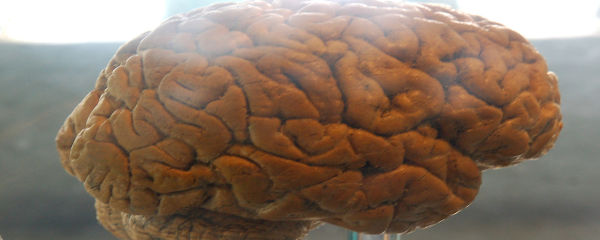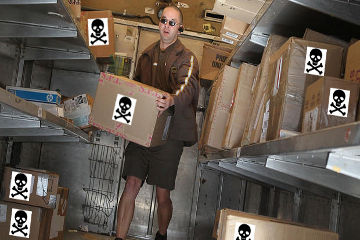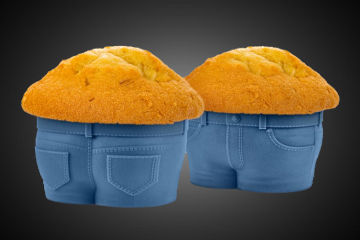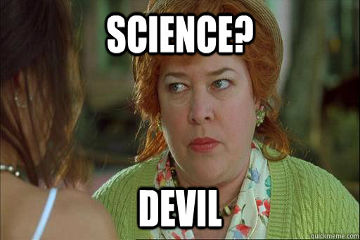What I’ve Learned:
“Bioluminescence: where ‘fight or flight’ meets light.”
Have you ever fumbled around in the dark, maybe in an unlit alley or a strange bathroom or in a basement with a burned-out bulb? If so, you should probably stop living your life like an expendable in a horror movie, before something terrifying happens to you.
Seriously. At this rate, you’ll be dead before the slutty girl or the dumb jock boyfriend who brought her out to this isolated cabin built on an Indian burial ground next to the haunted lake infested with vampire sharks. Get a grip, already.
Or you could grow a pair (of extra genes) and make your own light, using the time-tested strategy of bioluminescence. Humans aren’t capable of such things just now, but bacteria, fireflies, deep-ocean critters and some fungi have been doing it for millennia. And no one’s ever chainsaw-massacred them, so it must be doing the trick.
Here’s how it works: bioluminescent organisms produce two chemicals, known as luciferin and luciferase.
Don’t worry; this isn’t a pair of demons coming to get you in that dark alleyway. Chemistry may be many things, but it’s not the debbil.
In this case, the “lucifer” part of the name comes from the Latin word meaning “light-bringer”. And that’s just what these two molecules do. Luciferin undergoes a reaction — typically with oxygen — which produces a new molecule in a chemically excited state.
Because who wouldn’t be thrilled with a fresh batch of oxygen? I get socks for my birthday, and that’s not nearly as exciting.
When this excited molecule settles down (or chemically speaking, decays to its ground state), it emits a photon — in other words, a teeny little speck of light. String enough of these reactions together, and you’ve got yourself a light-up firefly butt. Or glow-in-the-dark mushrooms. Or a vampire squid with flashbulb arms.
(And yes, vampire squid do exist, unlike the vampire sharks I mentioned earlier. Which proves once again that nature is actually way more scary than whatever shit we make up.)
Luciferase catalyzes, or speeds up, this luciferin transformation in cells, so a bioluminescent creature can light up like Las Vegas whenever it likes. This comes in handy for, say, a firefly trying to attract a mate, an anglerfish trying to attract lunch or a mushroom trying to attract… actually, I’m not sure what it is the mushrooms are after. Mario Kart players? Phish fans? The ghost of Jerry Garcia?
At any rate, organisms use bioluminescence for self-protection, camouflage, communication, as a warning and for lighting up some of Mother Nature’s darkest metaphorical alleys, like the bottom of the ocean. Some non-bioluminescent species, like the Hawaiian bobtail squid, even form symbiotic relationships with those that have the “gift” — in this case, a bacterial species whose light helps hide the squid from predators. Basically, when your body parts light up, you can always make a friend. Just ask a certain wrinkly extraterrestrial.
And now that scientists understand the mechanisms of bioluminescence, they’re using it in all sorts of research. Luciferase genes have been cloned into experimental cells, often as a “reporter gene” — or an indicator that other genes cloned in during the same test are present. If the cells light up, everything’s good; if not, it’s back to the drawing board.
Bioluminescent materials have also been used for medical imaging, for exploring “living lighting” in various scenarios, and even as an experimental treatment for cancer.
It’s just too bad you can’t use bioluminescence yet to light up the dark section of those haunted woods. Because it’s a long way back to the cabin. And those footsteps. Are. Right. BEHIND. YOU!
Oh, whew, never mind. It’s just a vampire squid.
AAAAAAAAAAHHHHHHHHH!!







